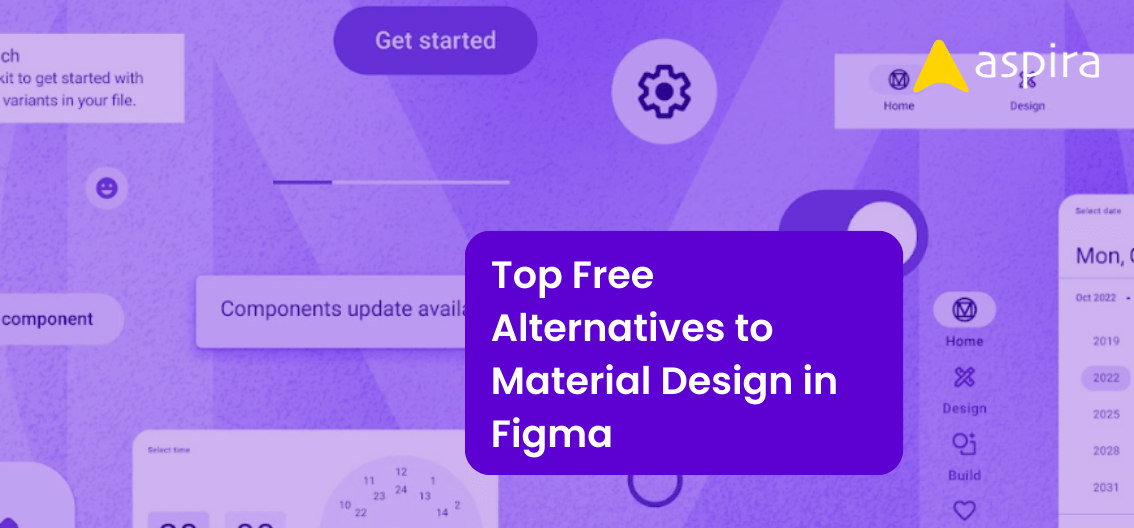UX Design - Mentor & Author.
22 Nov, 2023

If you are new to UX UI or considering a career in it, you might have encountered the term “UX UI case study.” If you’re curious about what a case study is and how to begin your journey with it, you’ve landed in the right spot. In this article, we will delve into the concept of a case study, its significance, how to initiate one, and why it holds a crucial role in the field of UX design.
What is a UX UI Case Study?
A UX case study is a detailed narrative that documents a UX designer’s process of solving a specific design problem or challenge. It serves as a portfolio piece, showcasing a designer’s skills, creativity, and problem-solving abilities. Think of it as a designer’s storytelling platform, where they share their journey of creating a better user experience.

How to start with a UX UI case study?
The optimal approach to commence and proceed with a case study involves following the design process, which comprises the steps of Empathize, Define, Ideate, Prototype, and Test. We will delve into a detailed discussion of the design process in another article; let’s concentrate on initiating a case study.
Problem Statement: Begin your case study by clearly defining the problem or challenge you want to address. This sets the stage for your entire project and helps you stay focused on your goals.
Conducting User Research: Before diving into design, start with thorough user research. Employ methods such as interviews, surveys, and usability testing to gain valuable insights into your target audience’s needs and pain points.
Generating Ideas: Once you have a deep understanding of your users, brainstorm ideas and potential solutions. This is the creative phase where you explore different design directions.
Sketching and Wireframing: Translate your ideas into rough sketches and wireframes. These serve as the initial blueprints for your design and help you visualize the structure and layout.
Creating Prototypes: Develop low-fidelity prototypes to test your design concepts quickly. These prototypes allow you to gather feedback early in the process and make necessary adjustments.
Usability Testing: Conduct usability testing with real users to evaluate the effectiveness of your prototypes. Analyze the results and use them to refine your designs.
Visual Design: Once you have a solid foundation based on user feedback, move on to the visual design phase. Choose color schemes, typography, and other visual elements that align with your design goals.
Creating High-Fidelity Designs: Develop high-fidelity mockups or interactive prototypes that reflect the final product’s appearance and functionality.
Iterating Based on Feedback: Continue to gather user feedback and iterate on your designs. The iterative process is crucial for refining your solutions and ensuring they align with user needs.
Documenting Your Journey: As you progress through your case study, document each step of the process. Include your thoughts, decisions, and the rationale behind design choices.
Reflecting on the Experience: At the conclusion of your case study, take the time to reflect on your journey. Share insights into what worked well, what challenges you faced, and what valuable lessons you learned.
These steps serve as a guide when creating a case study and provide a preliminary overview of the design process. In our next article, we will delve into the specifics of the design process and explore its significance. For now, let’s understand the purpose of conducting a UX/UI case study.
Why Do Case Studies Matter?
Case studies are like the shining stars in the world of user experience design. They might seem like just another task, but they serve some really important purposes.
Firstly, they help designers show off their skills. Imagine if you were a painter and wanted to impress someone with your art. You’d want to display your best paintings, right? UX designers do the same thing with their case studies. They use them to show how good they are at solving real-world problems and making things that people love to use.
For people who want to become UX designers, case studies are like building blocks. Each case study they create adds to their collection of work, which makes them more attractive to employers or clients looking for someone to hire.
Case studies also tell a story. They explain how a designer took a problem, figured out what users needed, and came up with a solution. This story shows that a designer knows how to think creatively and solve tough challenges.
They also remind us that the most important thing in design is the people who use what we make. UX/UI case studies shout, “Hey, we listened to the users, and we built something they really love!”
But here’s the secret sauce: case studies aren’t just about showing off. They’re also about learning and growing. Designers use them to reflect on their work and figure out what went well and what could be better. This way, they keep getting better at their jobs.
Lastly, case studies help designers get jobs or projects. When a business or client is looking for a designer, they often ask to see their case studies. It’s like saying, “Show me what you can do!” A well-made case study can be the key to getting hired.
So, whether you’re a designer wanting to shine, a newbie looking to get started, or a business wanting to find the right designer, UX/UI case studies are your window into the world of user-centered design. They’re proof that great design is all about making people happy.


